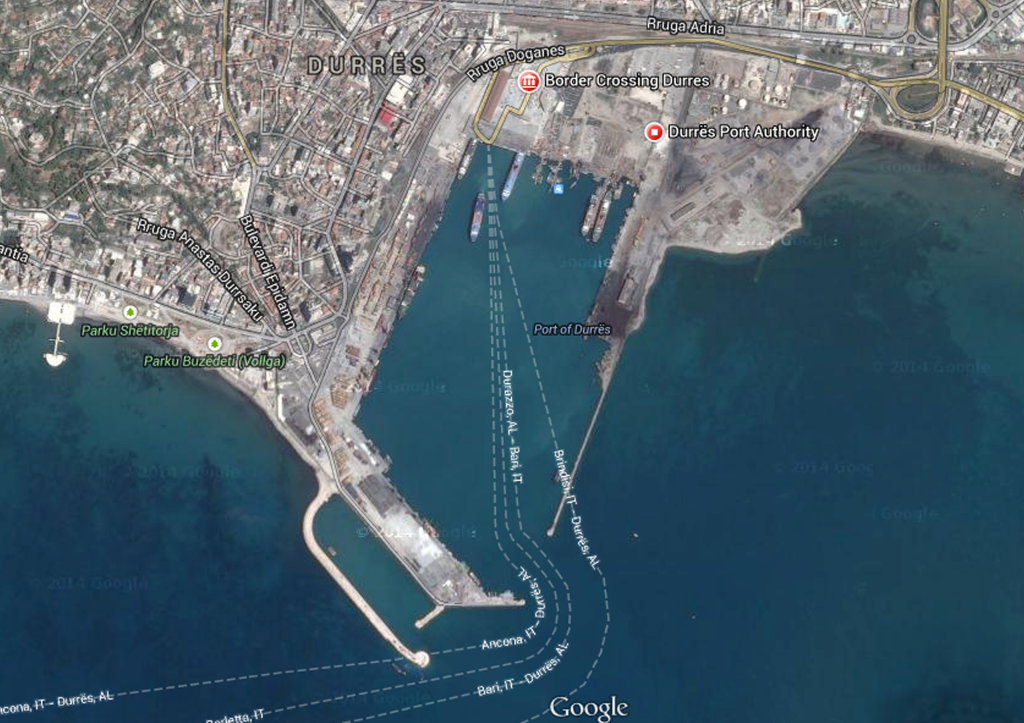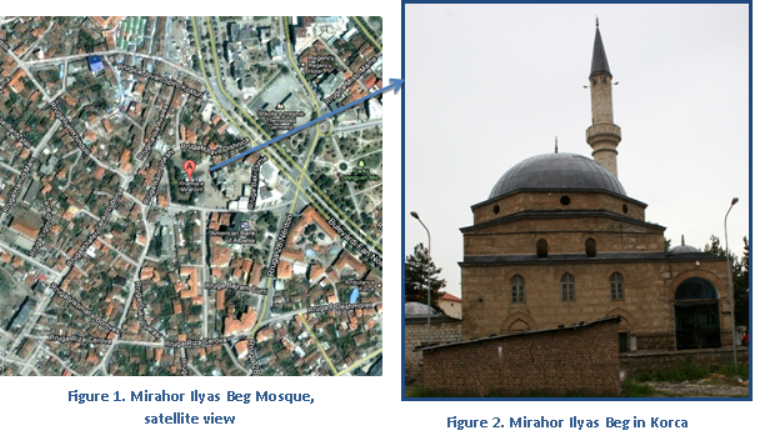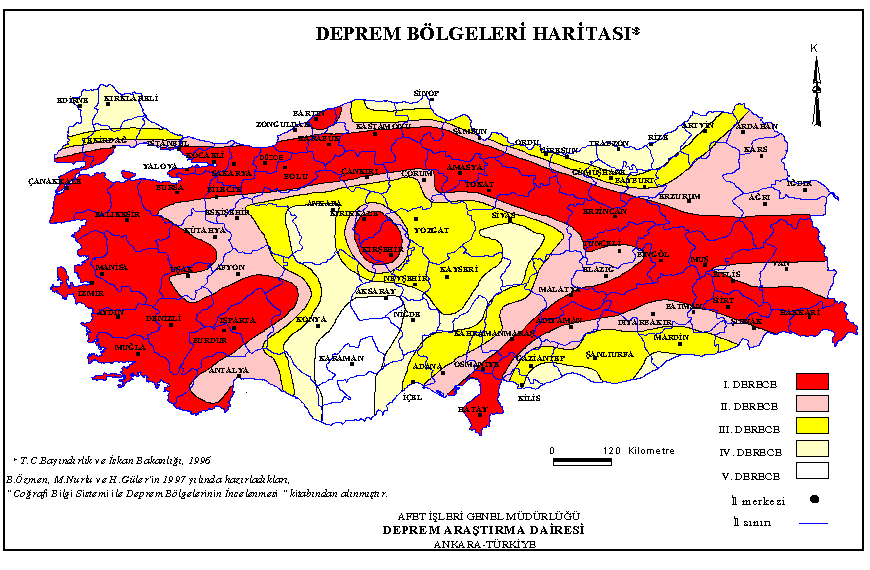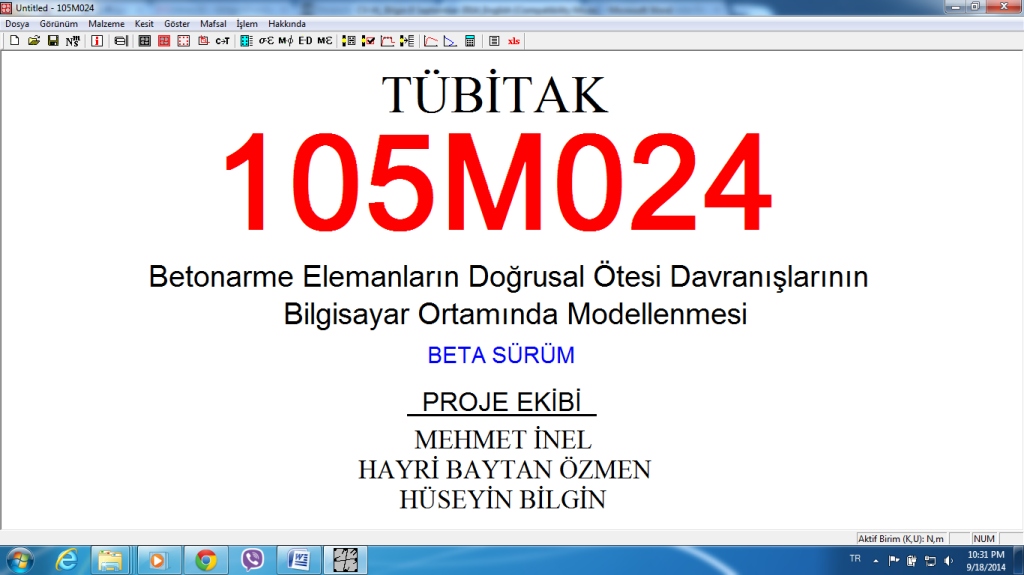Huseyin Bilgin’s research is organized in three main areas. The first area of interest is the analysis, design and assessment of reinforced concrete and masonry structural components, elements and systems under seismic loadings.
A second focus is the integration of resilience and performance-based seismic design.
The third concentration area is the development and application of pushover analysis procedures for the seismic design and assessment of building structures. Pushover analysis has become the preferred method for seismic design and assessment as the nonlinear time history dynamic analysis is usually too computationally expensive for common practice.




